10 Features On Old Cars That We Miss Most
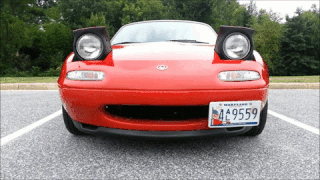
1. Pop-up headlights

Pop-up headlights are awesome, not only because they look cool, but because they’re also oh-so-satisfying to operate (headlight goes up, headlight goes down). Unfortunately, they’d never make production in a modern car for a number of reasons, including pedestrian safety, aerodynamics and wind noise.
2. Thin A-pillars
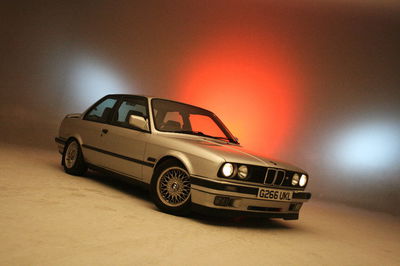
Remember a time when you didn’t have to shift about like a mad man to see through corners? That was because old cars came with this thing called visibility thanks to skinny A-pillars. Nowadays, fat A-pillars (for safety) often make driving difficult and frustrating.
3. Manual gearboxes
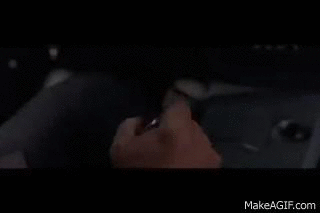
The older the car, the more likely it is to transfer its engine power to the wheels via a manual gearbox. You already know why manuals are better; they’re more enjoyable and engaging to use, and act as a great deterrent for would-be thieves in America. Of course, modern autos are faster, slicker and more efficient than any manual, which is why new car buyers are choosing the former more and more.
4. T-tops
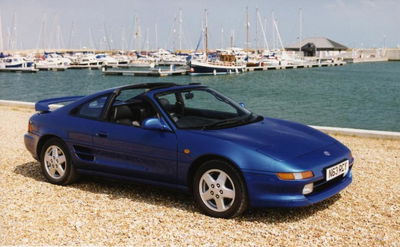
The T-top roof was brilliant. Okay, so it would leak occasionally on some models, but if it didn’t, then you had two cars - a convertible and a hard top - in one. The best part was that the panels were easily removable and could be stored behind the seats in special bags. T-top cars also look amazing.
5. Simple, uncluttered interiors
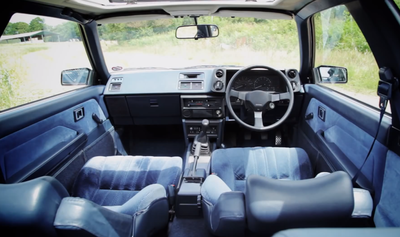
Step inside any new car and you’ll be greeted by at least one bonging noise and a view of up to 50 buttons. When you start the car up, you’ll have to depress either the brake or clutch pedal while you push a start button. Before you set off, you might also have to find a clever spot for the car keys in the centre console. And don’t get me started on the electronic parking brake…
In an old car, by contrast, you simply jump in, close the door, crank the heater up to demist the window and turn the key. Simples.
6. Actual car keys
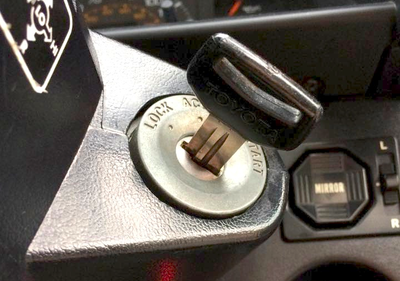
Speaking of turning the key, what the hell happened to that? Keys nowadays are all shapes and sizes and usually don’t resemble a key at all. Some keys are stubby little rectangles that you insert into a hole in the dash, while others (Renault) make its keys look like fat credit cards that you have to slide into your dashboard’s ATM.
7. Being able to fix our own car
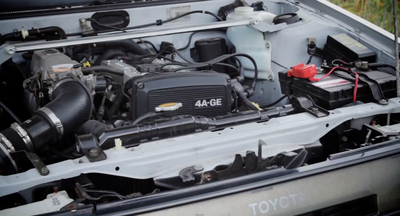
Being able to see, let alone fix a car engine these days is getting more and more difficult. More often than not, you’ll need expensive diagnostics equipment and a strong pair of hands to unscrew and pull off the big plastic engine cover. Not so with older cars, that were relatively simple to work on and and also enjoyable to spend time fixing up. A Haynes manual and a good spanner set would see you right and could save you expensive garage bills.
8. Light weight
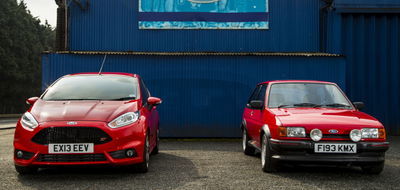
Lightweight cars are, and always have been more fun to chuck about and are far more involving to drive. While light cars demand greater driver concentration and while they won’t look after you in a crash, you simply can’t beat it for enjoyment!
Older and lighter cars are also a lot easier to push when something goes wrong under the bonnet. As a comparison here, a 25-year-old Fiesta XR2 weighs 839kg compared with it modern counterpart’s 1163kg weight figure.
9. Attractive steering wheels
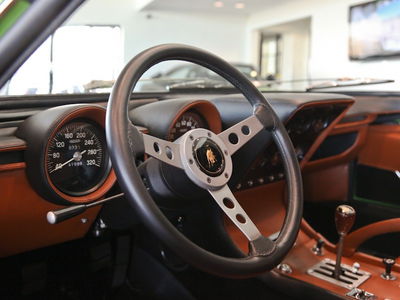
It seems that new cars always try to reinvent the steering wheel. Some are fat, some are flat-bottomed, but most (if not all) will do a lot more than just directing the front wheels. These days, a steering wheel can answer a call, it can also change the speed of your cruise control and flick through your DAB radio settings. Heck, some steering wheels are even heated nowadays!
Old cars kept it simple with a round and often very attractive steering wheel design. You held onto the wheel, looked out at the road ahead and worked your way through the heavy manual gearbox. Bliss.
10. A full-sized spare wheel
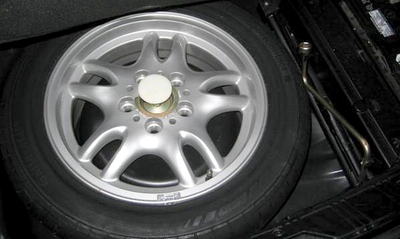
If you’ve ever suffered a puncture, the chances are pretty high that you changed your own wheel to get going without much delay. Did you do this in a modern car? Your thin and pathetic-looking space-saver probably meant that you were limited to a top speed of 50mph (80kph). Or worse still, did you pop the carpet up in the rear to find a pressurised can of Tyre Weld that you emptied into the damaged rubber? (Good luck getting the tyre repaired with all that nasty stuff inside).
Older cars don’t suffer with either of these problems because space-savers weren’t needlessly invented back then. As long as you had a foot pump handy, or if you were on top of spare tyre maintenance, simply replace the wheel and get on with your life.












Comments
No comments found.